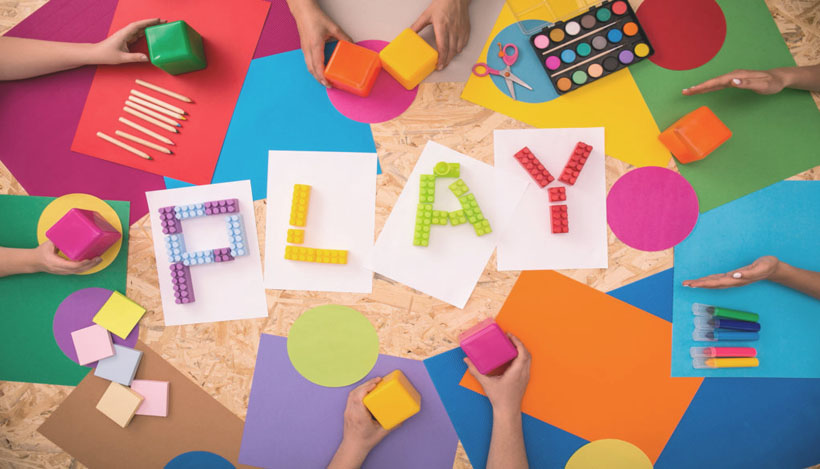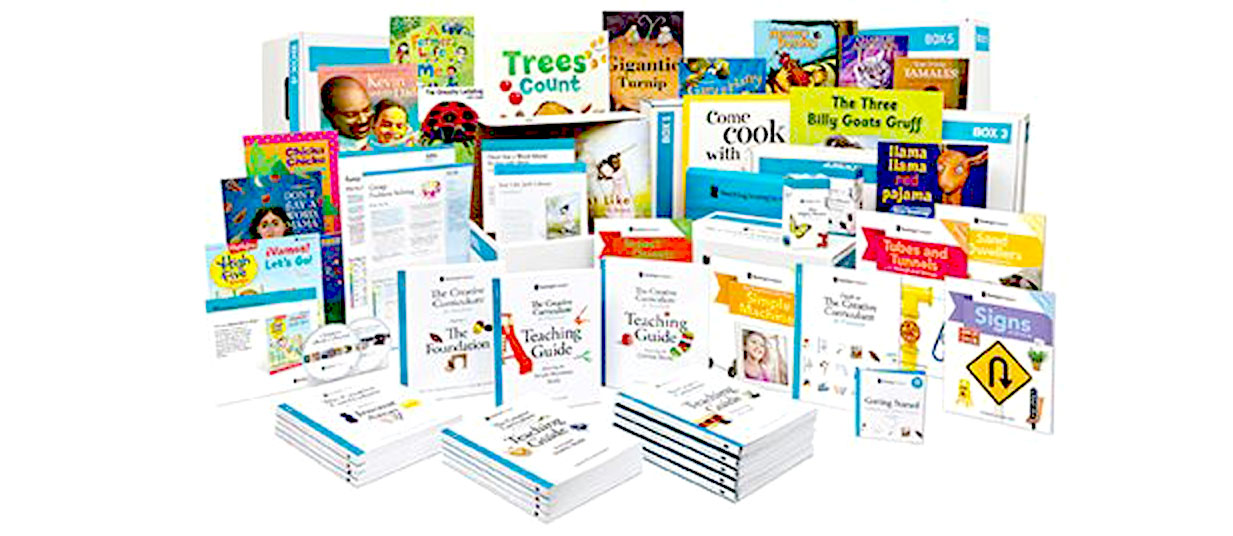- Info@MotherGooseChildrensAcademy.com
- Contact Now (708) 647 9140



Creative Curriculum uses Studies to enhance the learning experiences. These Studies not only incorporate a lot of information pertaining to the topic, but the teachers are encouraged to transform the learning environment to bring that study to life. One study within the curriculum is the Insect Study. Within this Study, the teachers could make the Study come to life with using nature to bring in new classroom pets. The students learn to help take care of their new pets. The curriculum uses different children’s literature pertaining to the Study. While reading aloud, the teachers introduce elements of text such as authors, illustrators, characters, setting, discuss story elements, and ask questions like, “What might happen next?” Our teachers also transform classroom learning centers to fit the study. For example, during the Insect Study the science center might have different insects that can be inspected with magnifying glasses as well as different non-fiction books about insects. The dramatic play area might be transformed into an insect hospital where children can pretend to work on healing different insects, dolls, or even their classmates. Every Study includes opportunities to carry out large group, small group, and individualized lessons based on each learner’s ability level. During student led learning experiences, teachers incorporate skills such as colors, numbers, letters, name recognition, and writing; and then carefully enter learning descriptions into Teaching Strategies Gold. The TSG assessment information supports content learning from infancy through preschool providing ways to individualize experiences through the day based on descriptions entered of each child’s strengths, needs, and interests.
Using Illinois’ Early Learning Guidelines and Development Standards as our framework, Creative Curriculum and Teaching Strategies Gold’s assessments, we work to enhance early learning moments by engaging our youngest learners on a pathway that continuously builds new experiences on established knowledge grounded in our five development domains. You can be confident that our focus is on attention that is designed for little learner, because our curriculum grows with your child from infancy through preschool.
• Social-Emotional Development: To learn about self and others -trusts known, caring adults, regulates own behavior, plays with other children, learns to be a member of a group, and uses personal care skills. • Physical Development: To learn about moving -demonstrates basic gross motor skills, demonstrates basic fine motor skills. • Cognitive Development: To learn about the world -sustains attention, understands how objects can be used, shows a beginning understanding of cause and effect, shows a beginning understanding that things can be grouped, uses problem solving strategies, engages in pretend play. • Language Development: To learn about communicating - develops receptive language, develops expressive language, participates in conversations, understands and uses words, enjoys books and being read to, shows an awareness of pictures and print, experiments with drawing and writing.
• Social/Emotional: To help children develop independence, self-confidence, and self-control, follow rules and routines, make friends, and learn what it means to be part of a group. • Physical: To increase children’s large muscle skills of balancing, running, jumping, throwing, and catching; and small muscle skills requires for tasks like buttoning, stringing beads, cutting, drawing, and writing. • Cognitive: To acquire thinking skills such as the ability to solve problems, to ask questions, and to think logically by sorting, classifying, comparing, counting, and making patterns; and to use materials and their imagination to show what they have learned. • Language: To use words to communicate with others, listen to and participate in conversations, understand the purpose of print, recognize letters and words, and begin on purpose writing.
For Infants, Toddlers & Twos

For Preschool
